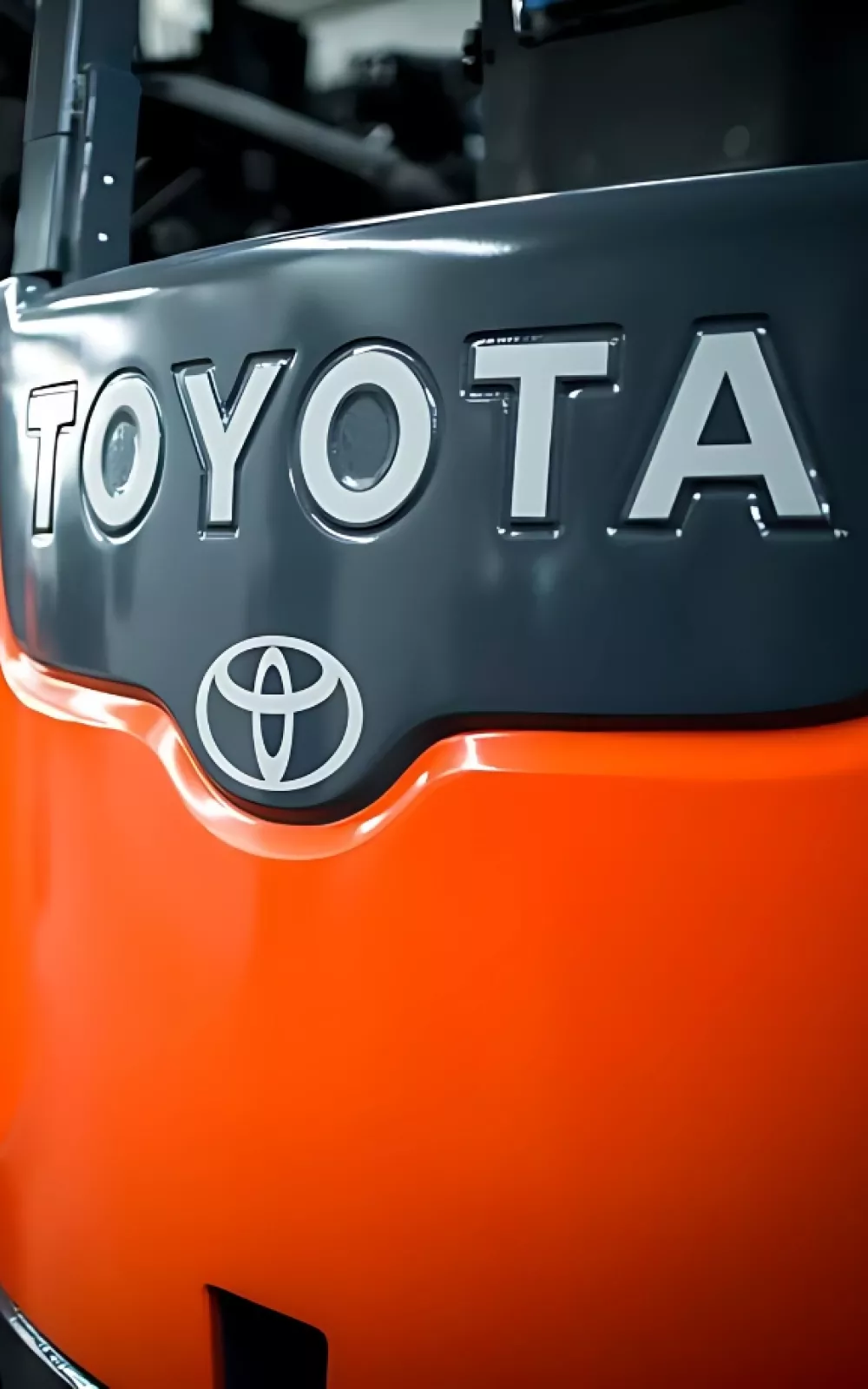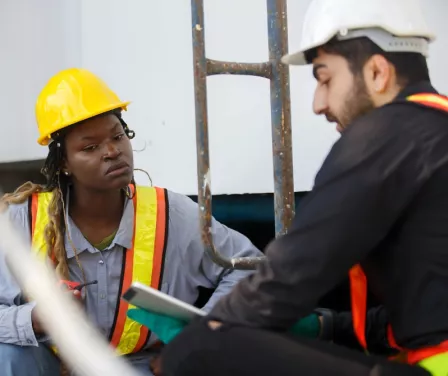Rent
ProLift offers daily, weekly, and monthly rentals. Find the right equipment for maximum productivity and safety.
Let us know how we can assist you! A ProLift specialist will connect with you to help with your material handling needs.

Enhance the effectiveness of your forklift training with proven best practices. Learn how to manage time, use visuals effectively, and create an engaging learning environment that ensures your operators retain vital safety information. Discover tips to improve the overall training experience for both trainers and participants.

Since 1997, ProLift has been offering forklift safety training for operators and train-the-trainer courses for new trainers. With experience in various settings, ProLift's training team is prepared to tailor classes to any environment or audience. If you're your company's designated trainer, be sure to review best practices before scheduling your next class to ensure an effective learning experience.
For a trainer, “on time” means being ready to begin class at least 15 minutes prior to the published start of class. The time needed for set-up is dependent upon the type of training, but it's recommended that you arrive at least 30 minutes prior to put out materials and room set-up. Extra time also allows you to address unexpected issues.
A prepared trainer is ready for students as they enter class, welcoming each person to create a hospitable environment. This practice informs each student that you are an approachable trainer and focused on the class. It also includes preparing all materials day before the training class. If you leave small details – such as making copies – to the day of class, you are vulnerable to being caught off-guard when the copier isn’t operating.
Inevitably there will be a time when a training class doesn’t go as planned – perhaps your materials are damaged or forgotten, or the WiFi isn’t strong enough to play a video. A trainer that has a thorough understanding of the presentation and flow of class will still be able to lead a successful training. For emergencies, a class outline serves as a great reference tool.
Knowing your material also means not relying solely on the presentation. Students aren’t interested in having a trainer read to them, but instead want someone to be conversational and share relevant experiences.

Continue promoting safety at your facility with our comprehensive safety training classes. ProLift offers training for both operators and trainers. Contact our safety specialist to schedule your team.
Students plan their day around a training class, so it's essential to start and end the session as scheduled. Begin with an agenda that outlines the class breakdown and use reminders to keep breaks and activities on track. It's especially important to gather large groups quickly after downtime. As a trainer, be mindful of time management and avoid being the reason for delays.
Remaining on time also includes controlling the class when a talkative student takes the discussion off-track. Positive experience sharing can be helpful but if it becomes disruptive, regaining control to keep the class on track is the responsibility of the trainer.
At the beginning of the training class, a trainer has the opportunity to get students excited about being in attendance. One way to accomplish this is by sharing which problems the training will help solve, including safety concerns. A trainer should also look for opportunities during training to have students share their knowledge and experience.
Because everyone’s attention span is short, incorporate breaks into the schedule or get students physically moving with a hands-on activity. You may discover some students engage best outside of the class, finding you during breaks or staying after to ask questions.
Visuals in training, such as physical items, pictures, or videos, should serve a clear purpose, and the trainer must be able to explain their relevance. To maintain a professional presentation, visuals should be legible and clear, not blurry or hard to see. Effective visuals can reinforce key messages, such as the consequences of ignoring a warning, demonstrate how equipment operates, or highlight improvements with a "before and after" comparison. Proper use of visuals enhances understanding and retention during the class.
Your presentation needs to be relevant to your audience, which means planning for unique training messages and challenges. Customizing your training will help your audience connect how the information can be used during their day-to-day activities.
How you handle distractions may also be dependent on your audience. A trainer can guide meeting etiquette by asking students to set aside laptops and phones, or requesting necessary business calls be taken outside the training room.
ProLift can help designated trainers build or refresh their training knowledge and materials for forklifts, aerial lifts, and more. Speak to our safety specialist for more details.
As a full-service material handling dealer, ProLift can help you with questions and solutions for your equipment, service, parts and more. Tell us how we can help.

Let us know how we can assist you! A ProLift specialist will connect with you to help with your material handling needs.
